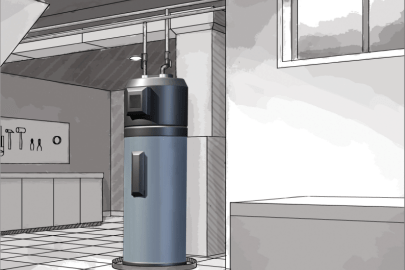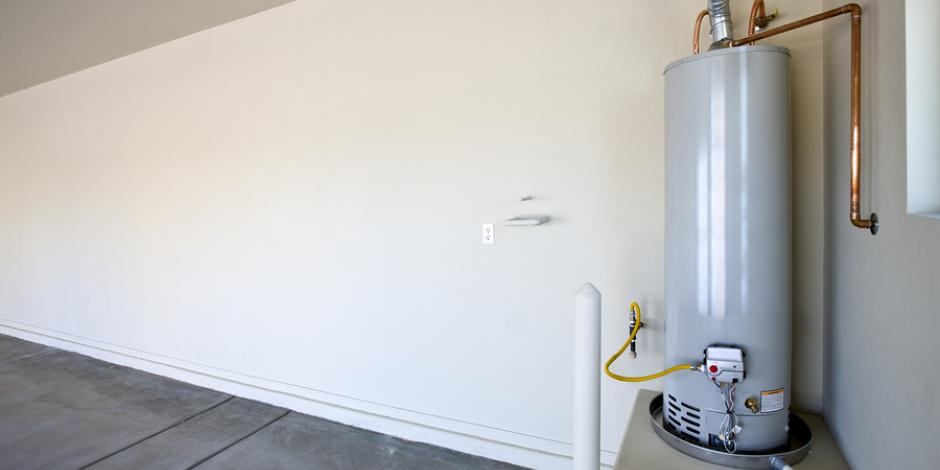Have you been hunting for help and advice involving Tips on Maintaining a Water Heater?

Hot water is essential for everyday comfort, whether it's for a refreshing shower or washing dishes. To guarantee your warm water system runs efficiently and lasts longer, regular upkeep is crucial. This short article provides sensible ideas and insights on how to keep your home's hot water system to stay clear of disturbances and costly fixings.
Intro
Preserving your home's hot water system may seem overwhelming, however with a few basic steps, you can ensure it runs smoothly for many years to come. This overview covers everything from recognizing your hot water system to do it yourself maintenance pointers and understanding when to call in expert help.
Value of Preserving Your Warm Water System
Regular upkeep not just prolongs the life-span of your hot water system however additionally ensures it runs efficiently. Ignoring upkeep can result in lowered effectiveness, greater energy expenses, and also premature failure of the system.
Indicators Your Hot Water System Demands Maintenance
Knowing when your warm water system requires focus can avoid major issues. Look out for indications such as irregular water temperature level, strange noises from the heating unit, or corroded water.
Understanding Your Hot Water System
Before diving right into upkeep jobs, it's helpful to comprehend the fundamental parts of your hot water system. Generally, this includes the hot water heater itself, pipelines, anode poles, and temperature level controls.
Month-to-month Maintenance Tasks
Routine monthly checks can aid capture small concerns before they intensify.
Flushing the Water Heater
Flushing your hot water heater gets rid of sediment accumulation, enhancing performance and lengthening its life.
Checking and Changing Anode Rods
Anode poles protect against corrosion inside the tank. Inspecting and changing them when worn is critical.
Evaluating and Adjusting Temperature Settings
Changing the temperature settings guarantees ideal performance and security.
Do It Yourself Tips for Upkeep
You can do a number of maintenance tasks yourself to keep your hot water system in top condition.
Looking for Leakages
Consistently evaluate pipelines and links for leakages, as these can cause water damage and higher bills.
Testing Stress Relief Valves
Testing the pressure safety valve guarantees it works correctly and prevents too much pressure buildup.
Insulating Pipelines
Shielding hot water pipes lowers warmth loss and can save energy.
When to Call a Professional
While do it yourself maintenance is advantageous, some issues call for expert proficiency.
Complex Concerns Needing Professional Aid
Instances include significant leaks, electric troubles, or if your water heater is consistently underperforming.
Regular Professional Upkeep Advantages
Specialist upkeep can include thorough assessments, tune-ups, and guaranteeing conformity with security criteria.
Final thought
Normal upkeep of your home's hot water system is necessary for efficiency, long life, and cost financial savings. By following these pointers and understanding when to look for expert aid, you can guarantee a reliable supply of hot water without unanticipated disruptions.
Water Heater Maintenance Tips
Test the TPR Valve
Shut off the power and the cold-water supply valve. Place a bucket under the pipe connected to the temperature-pressure-release (TPR) valve on the top or side of the tank. (This valve opens if the tank pressure gets too high.) Lift the valve’s tab to let some water out, then let go. If water keeps flowing, drain the tank partway, unscrew the old valve with a pipe wrench, and install a new one. Check the Anode Rod
Put a hose to the tank’s drain cock and let out a few gallons of water. Now fit a 1 1/16-inch socket onto the rod’s hex head on top of the heater (or under its top plate) and unscrew the rod. If it’s less than ½ inch thick or coated with calcium, buy a new one, wrap its threads with Teflon tape, put it back in the tank, and tighten securely. Use this segmented rod if headroom above the tank is limited. Drain the Tank and Wash Out Sediment
Drain the remaining water in the tank into the bucket, then stir up the sediment on the tank’s bottom by briefly opening the cold-water supply valve. Drain and repeat until clean water comes out of the hose. Close the drain cock, refill the tank, and turn its power back on. Adjust the Temperature
Find the temperature dial on the side of the tank and unscrew its cover. Adjust the dial to 120 degrees using a flathead screwdriver. For every 10 degrees the temperature is lowered, you can expect to save up to 5 percent in energy costs. Turn the water heater off or the thermostat down to its lowest setting if you plan to be away from home for more than three days. Insulate the Pipes
Buy some self-sticking 3/8-inch-thick foam pipe insulation that matches the pipes’ diameter. Slide the foam over the hot-and cold-water pipes as far as you can reach. Insulating the cold-water pipe prevents condensation in summer. Peel the tape and squeeze the insulation closed. If the pipe is 6 inches or less from the flue, cover it with 1-inch-thick unfaced fiberglass pipe wrap. https://www.thisoldhouse.com/plumbing/21016402/how-to-maintain-a-water-heater

I discovered that piece on How to Maintain Your Water Heater & Prolong its Life while browsing on the web. Be sure to set aside a second to promote this blog entry if you liked it. We treasure reading our article about How to Maintain a Hot Water Heater in a Few Simple Steps.
Explore Now